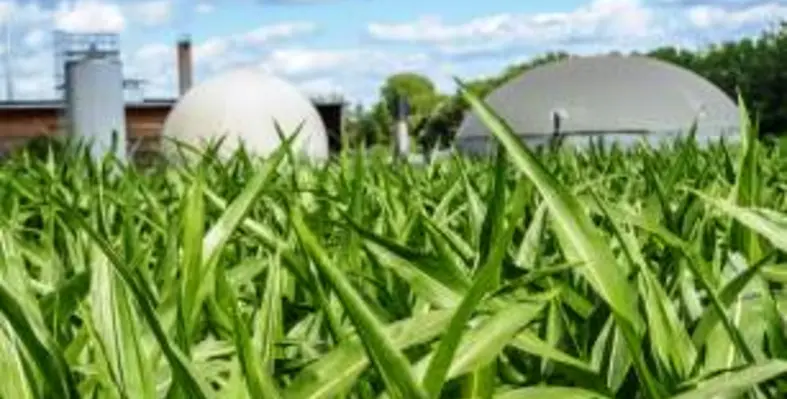Modern bioenergy will have the biggest growth in renewable resources between 2018 and 2023, underscoring its critical role in building a robust renewable portfolio and ensuring a more secure and sustainable energy system, according to the International Energy Agency?s (IEA) latest market forecast
Renewables will continue their expansion in the next five years, covering 40 per cent of global energy consumption growth, according to the IEA?s Renewables 2018 market analysis and forecast report. Their use continues to increase most rapidly in the electricity sector and will account for almost a third of total world electricity generation in 2023. Because of weaker policy support and additional barriers to deployment, renewables use expands far more slowly in the transport and heat sectors.
While the growth in solar PV and wind is set to continue in the electricity sector, bioenergy remains the largest source of renewable energy because of its widespread use in heat and transport, sectors in which other renewables currently play a much smaller role.
?Modern bioenergy is the overlooked giant of the renewable energy field,? said Dr Fatih Birol, the IEA?s executive director. ?Its share in the world?s total renewables consumption is about 50 per cent today, in other words as much as hydro, wind, solar and all other renewables combined. We expect modern bioenergy will continue to lead the field, and has huge prospects for further growth. But the right policies and rigorous sustainability regulations will be essential to meet its full potential.?
The focus on bioenergy is part of the IEA?s analysis of ?blind spots? of the energy system ? issues that are critical to the evolution of the energy sector but that receive less attention than they deserve ? such as the impact of air conditioners on electricity demand, or the growing impact of petrochemicals on global oil demand. Assuming strong sustainability measures are in force, the report identifies additional untapped potential for bioenergy to ?green? and diversify energy usage in the industry and transport sectors.
According to a recent IRENA report, the Middle East and North Africa (MENA) region is anticipating renewable energy investment of US$35bn per year by 2020.
Meanwhile, solar PV dominates renewable electricity capacity expansion. Renewable capacity additions of 178 GW in 2017 broke another record, accounting for more than two-thirds of global net electricity capacity growth for the first time. Solar PV capacity expanded the most (97 GW), over half of which was in China. Meanwhile, onshore wind additions globally declined for the second year in a row, and hydropower growth continued to decelerate.
Wind remains the second-largest contributor to renewable capacity growth, while hydropower remains the largest renewable electricity source by 2023. Similar to last year?s forecast, wind capacity is expected to expand by 60 per cent.
Even with renewable energy technologies becoming increasingly competitive, appropriate policies and market design are critical. Under an accelerated case, which assumes greater supportive government measures, the expansion of renewables in electricity and in transport could be 25 per cent higher.
Untapped potential of bioenergy in cement, sugar and ethanol industries is also significant. Bioenergy growth in the industry, transport and electricity sectors combined could be as considerable as that of other renewables in the electricity sector. A significant proportion of this potential relies on wastes and residues that offer low lifecycle greenhouse gas (GHG) emissions and mitigate concerns over land-use change. In addition, using these resources can improve waste management and air quality.





